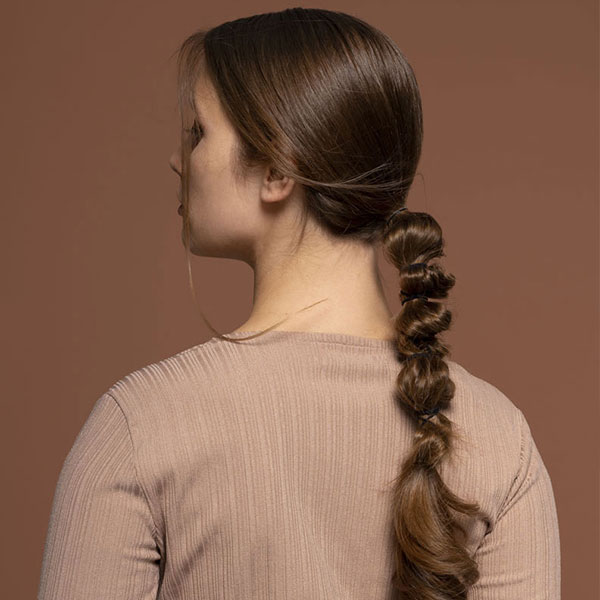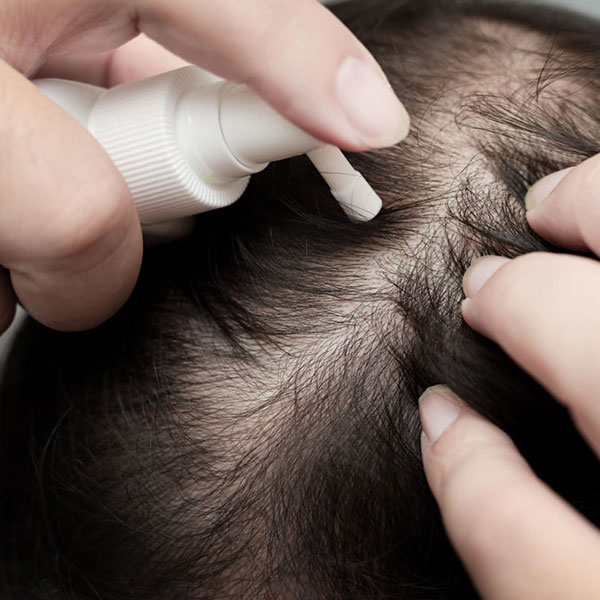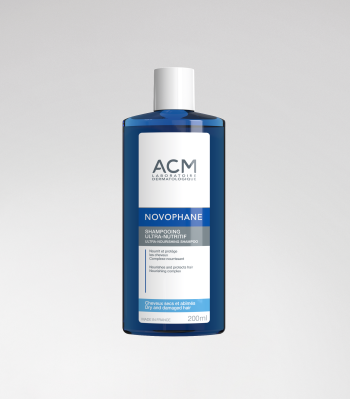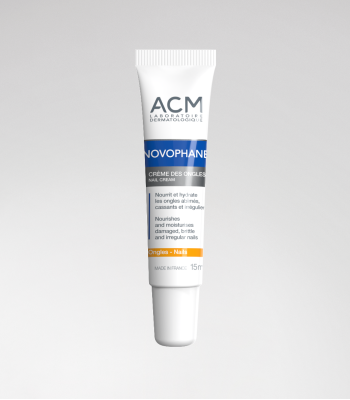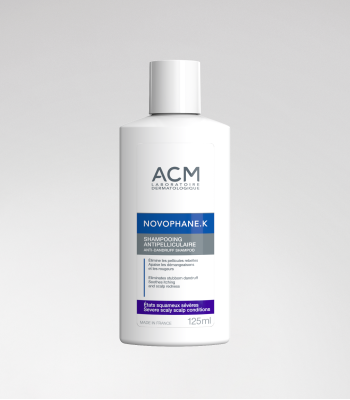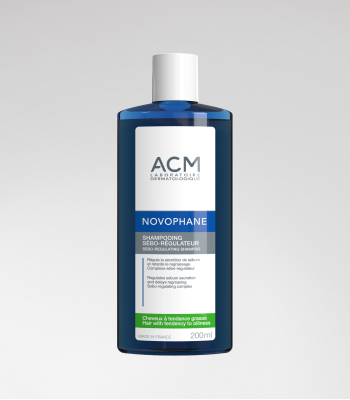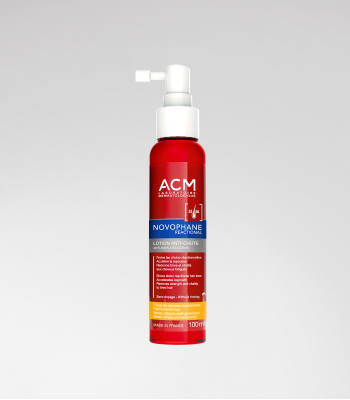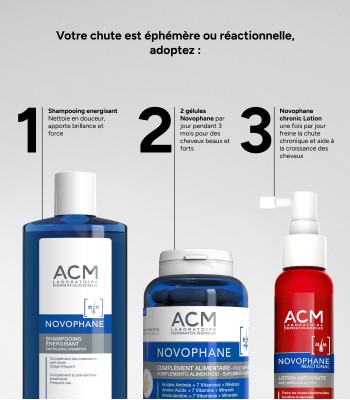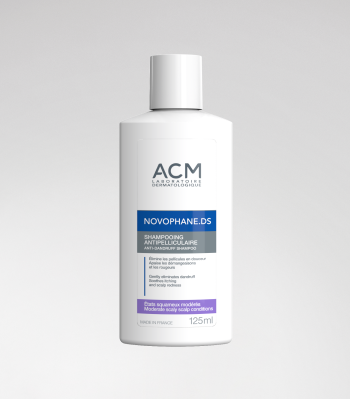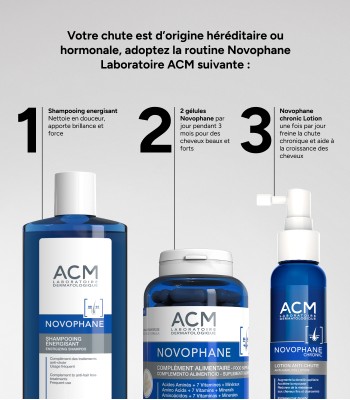What is Alopecia and how is it treated?
9 minAlopecia is a generic term for all hair loss on the body, particularly head hair. Extensive and long-term hair loss can be a source of considerable worry and insecurity for patients, and this condition affects men as well as women (in which case it is called “female alopecia”). Read this article to find out all the key facts about alopecia: the various causes of hair loss, symptoms to look out for and treatments that can potentially slow down hair loss and promote regrowth.
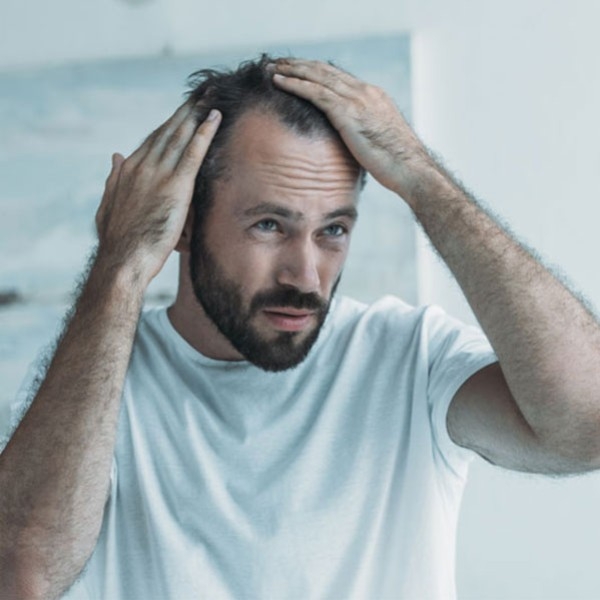
Sommaire

